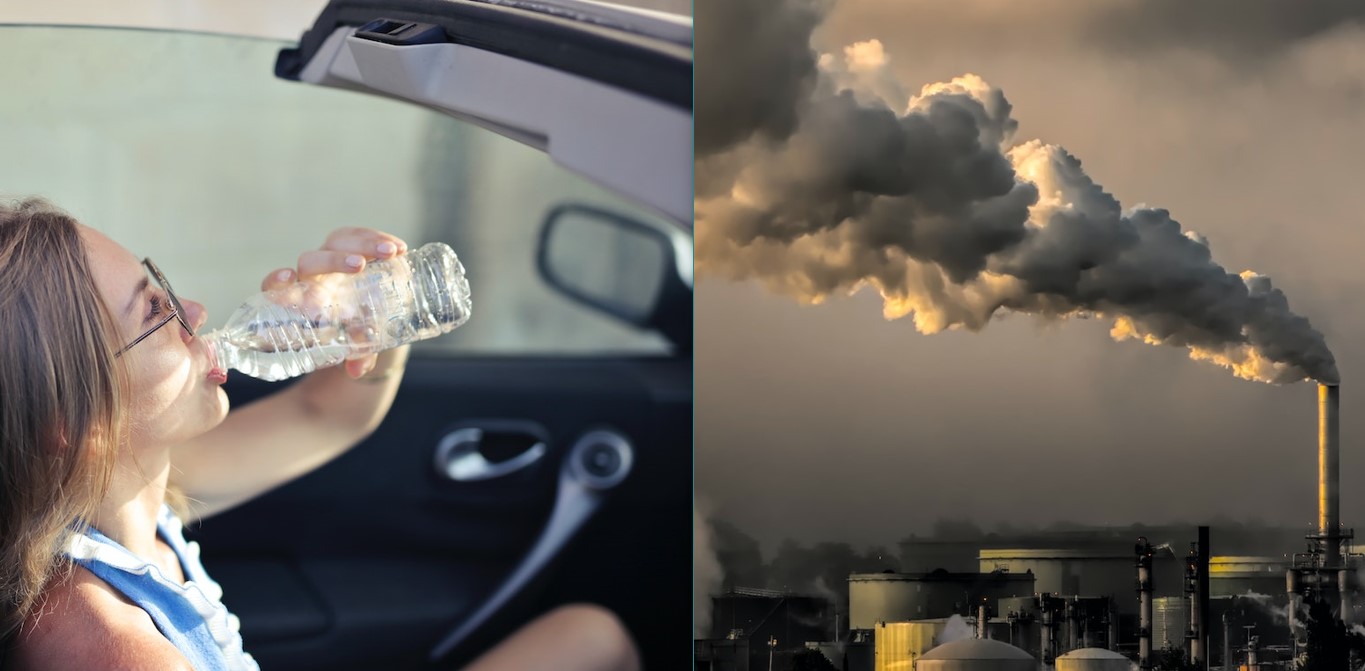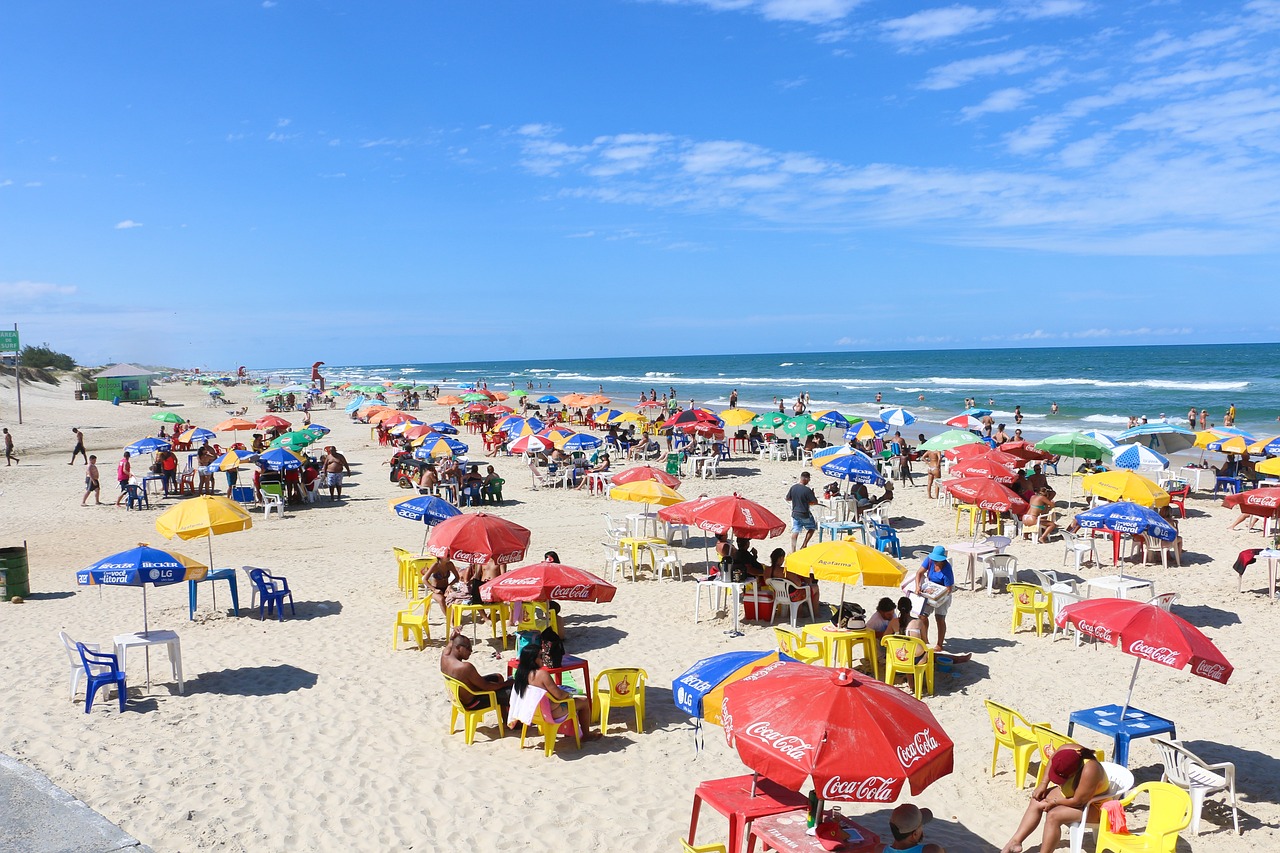Heat Waves And Air Pollution - Too Hot To Handle
Have you ever thought that heat waves and air pollution can be simultaneously experienced because they are interrelated? The burning of fossil fuels can increase the likelihood of heat waves. Then it can lead to pollution.
Author:Paolo ReynaReviewer:James PierceMay 12, 20232.5K Shares359.7K Views
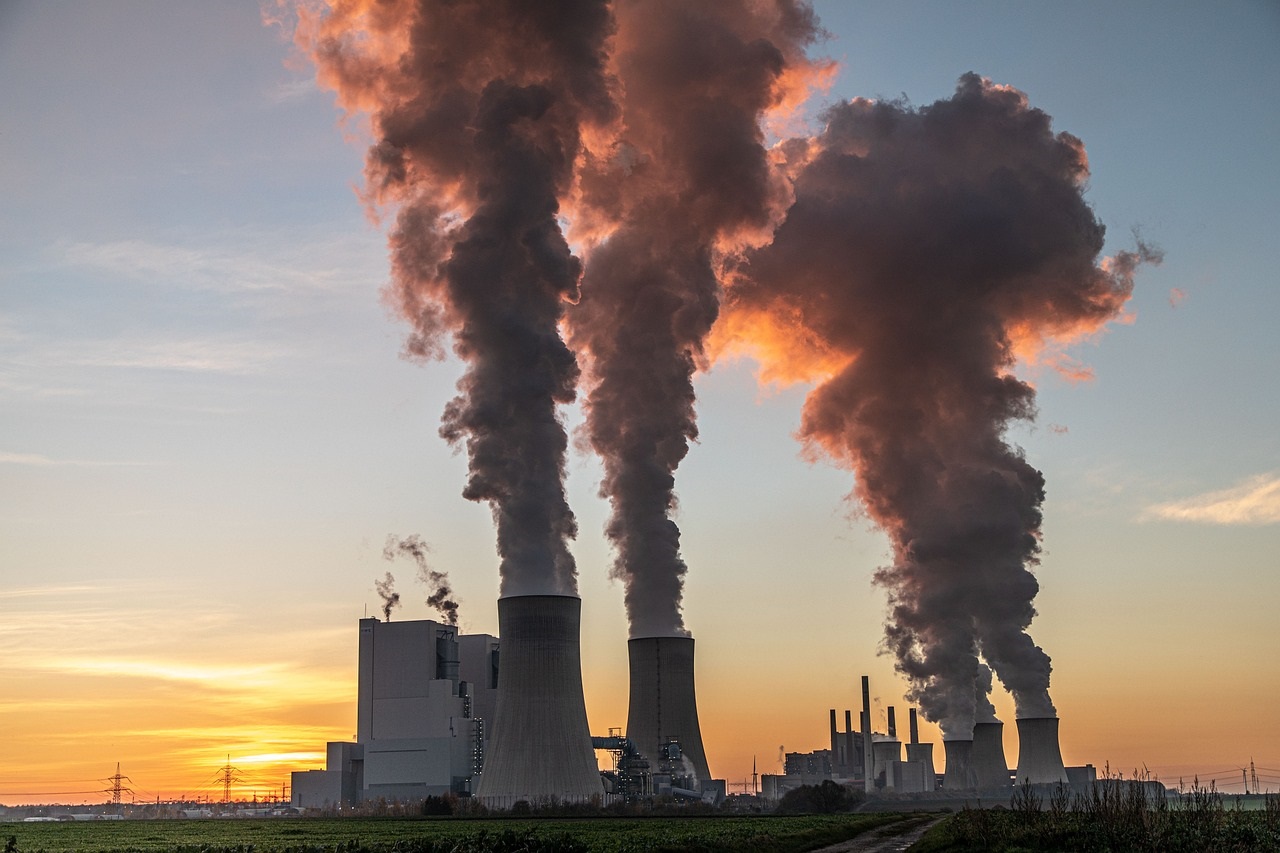
Two pressing environmental challenges that have significant impacts on human health and the overall well-being of our planet: heat waves and air pollution.
With the increasing frequency and intensity of heat waves, coupled with the rising levels of air pollution, understanding the intricate relationship between these phenomena has become crucial for developing effective strategies to mitigate their adverse effects.
Heat waves can exacerbate air pollution by enhancing the formation and intensifying the dispersion of pollutants.
In turn, air pollution, resulting from human activities and natural sources, contributes to the amplification of heat waves, forming a dangerous feedback loop.
Let’s take a closer look at heat waves and air pollution.
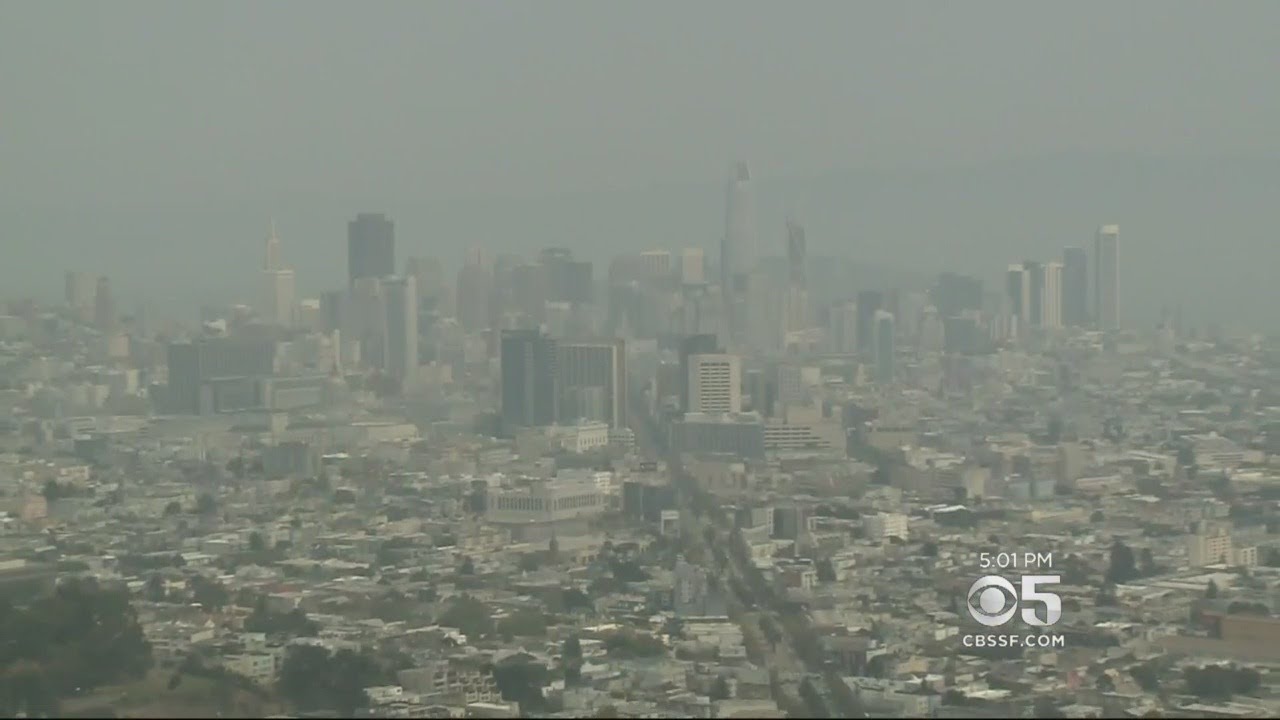
SMOGGY AIR: Heat and smoke leads to poor Bay Area air quality
Heat Wave Explained
A heat waveis a prolonged period of excessively hot weather, typically with high temperatures and often accompanied by high humidity.
It is a weather phenomenon that occurs when there is a persistent high-pressure system in an area, which traps warm air and prevents it from escaping.
This leads to a build-up of heat in the atmosphere, resulting in abnormally high temperatures.
Several factors contribute to the formation of a heat wave:
1. High-pressure systems
Heat waves are often associated with the presence of a large, stationary high-pressure system.
This system acts as a “heat dome,” causing the air to sink and compress, resulting in an increase in temperature due to compression.
2. Lack of cloud cover
Without clouds to block the sun’s rays, the surface receives more direct solar radiation, leading to increased heating.
3. Drought conditions
When the land is already dry, the available energy from the sun goes directly into heating the air, rather than evaporating moisture from the soil or plants.
4. Geographic factors
Urban areas with concrete and asphalt tend to retain heat, creating what is known as the urban heat island effect.
Additionally, valleys or basins surrounded by mountains can trap hot air and prevent its dispersion, intensifying the heat.
It will be best to know more about heat waves and air pollution and what we can do about them.

What Happens To You During A Heat Wave?
During a heat wave, people can experience a variety of effects and health risks due to prolonged exposure to high temperatures.
Here are some common consequences of heat waves:
a. Heat exhaustion
It occurs when the body becomes dehydrated and is unable to cool down properly. This is characterized by:
| heavy sweating | headache |
| weakness | nausea |
| dizziness | increased heart rate |
2. Heatstroke
This is a severe condition and a medical emergency because it’s life-threatening.
It happens when the body’s temperature regulation system fails, and the core body temperature rises dangerously high.
Symptoms include:
| a high body temperature (above 103°F or 39.4°C) | flushed skin |
| altered mental state | rapid heart rate |
| potential loss of consciousness | confusion |
| rapid breathing | seizures |
3. Dehydration
Hot weather and excessive sweating can lead to dehydration if individuals do not consume enough fluids to compensate for the water loss.
Dehydration can cause:
| fatigue | decreased urine output |
| dizziness | dry mouth |
| lightheadedness | can lead to organ failure |
4. Respiratory problems
Heat waves are often accompanied by poor air quality due to increased pollution and the formation of ground-level ozone.
So, heat waves and air pollution are connected to each other.
This can exacerbate respiratory conditions (e.g., asthma and chronic obstructive pulmonary disease or COPD), leading to breathing difficulties and increased risk of respiratory infections.
5. Cardiovascular issues
High temperatures put extra strain on the cardiovascular system, especially for individuals with pre-existing heart conditions.
Heat waves can increase the risk of heart attacks, strokes, and other cardiovascular problems.
6. Mental health impacts
Prolonged exposure to high temperatures and uncomfortable conditions can aggravate existing mental health conditions.
It can also contribute to:
| increased stress | sleep disturbances |
| irritability | heat-related anxiety |
To mitigate the risks during a heat wave, it’s important to do these things:
- Stay hydrated.
- Seek cool environments.
- Avoid excessive physical exertion.
- Wear lightweight and breathable clothing.
It is also important to check on vulnerable individuals, such as the elderly and those with chronic illnesses.
Air Pollution Definition
As we go further into the discussion of heat waves and air pollution, let’s take a peek at what the latter is all about.
Air pollution refers to the presence of harmful substances in the Earth’s atmosphere that can negatively affect the health of humans, animals, and the environment.
These pollutants can be either natural or human-made and can originate from various sources.
Natural sources of air pollution include:
- volcanic eruptions
- forest fires
- dust storms
However, the majority of air pollution is caused by human activities. Some common human-made sources of air pollution include:
1. Industrial and vehicular emissions
Pollutants are released into the air during the manufacturing process in industries (e.g., power plants, factories, refineries). Exhaust fumes come from vehicles (e.g., cars, trucks, buses).
These emissions often contain the following pollutants:
| particulate matter | nitrogen oxides |
| carbon monoxide | lead |
| sulfur dioxide | volatile organic compounds (VOC) |
2. Indoor pollution
Various pollutants can be found indoors, such as:
- tobacco smoke
- cooking fumes
- volatile organic compounds (from household products)
- mold
3. Agricultural activities
The use of pesticides, fertilizers, and the burning of agricultural waste can release harmful chemicals and particulate matter into the air, causing pollution.
The consequences of air pollution are numerous and severe. It can lead to:
| coughing | wheezing and shortness of breath |
| low infant birth weight | allergies |
| swelling and irritation of lung tissues | respiratory problems |
| cardiovascular diseases | cancer in humans |
Additionally, air pollution contributes to the formation of smog and can lead to the deterioration of buildings and monuments.
To mitigate air pollution, efforts are made to reduce emissions through:
- the use of cleaner technologies
- stricter regulations
- improved fuel standards
- promotion of renewable energy sources
Public awareness and individual actions such as reducing vehicle usage, conserving energy, and promoting sustainable practices also play a crucial role in combating air pollution.
Heat And Air Pollution
In June 2022, the Center for International Climate and Environmental Research (CICERO) in Oslo interviewedDr. Alexandra Schneider, a senior scientist from the German research institute Helmholtz Munich, about heat waves and air pollution.
According to Dr. Schneider:
“„Heat . . . causes health effects but . . . also other environmental factors . . . and a particular important factor is air pollution. If we reduce air pollution . . . the experienced heat effects are much lower.- Alexandra Schneider, MPH, PhD
On one hand, pollution significantly influences temperature and climate. On the other hand, temperature itself can also affect pollution patterns.
For instance, temperature influences the formation and dispersal of air pollutants and can impact the rate of chemical reactions that create or break down pollutants.
How Does Pollution Relate To Temperature?
Is there a strong relation between heat waves and air pollution?
Pollution and temperature are interconnected through a complex relationship.
Here are three key points that highlight the relationship between pollution and temperature:
1. Greenhouse gas emissions
Pollution can be in the form of greenhouse gas emissions.
Greenhouse gases (e.g., carbon dioxide and methane) trap heat in the Earth’s atmosphere, leading to the greenhouse effect.
Increased emissions of these gases due to human activities (e.g., burning of fossil fuels for energy and industrial processes) contribute to global warming and subsequent climate change.
2. Climate change
It involves the following scenarios:
- rising global temperatures
- altered precipitation patterns
- increased frequency
- severity of extreme weather events
- other climatic shifts
3. Urban heat island effect
As mentioned earlier, urban areas with high concentrations of buildings, concrete, asphalt, and industrial activities absorb and retain more heat than surrounding rural areas.
This effect increases local temperatures, making cities warmer compared to their surrounding areas.
Pollution from various sources (e.g., industrial emissions and vehicle exhaust) can exacerbate the urban heat island effect.
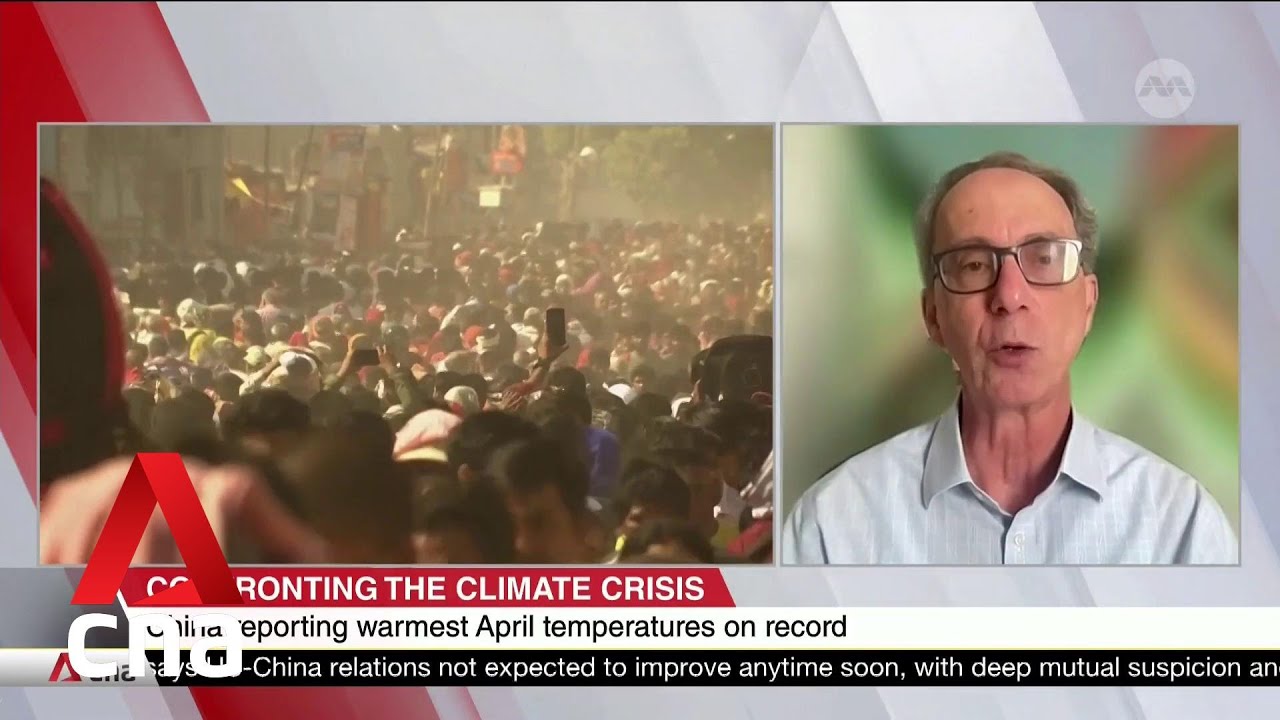
Heatwaves in Asia more frequent and intense due to climate change: Expert
How Does Heat Make Air Pollution Worse?
Heat can exacerbate air pollution in several ways:
a. Increased chemical reactions
Higher temperatures accelerate chemical reactions, including those involved in the formation of air pollutants.
b. Increased emissions from sources
Certain pollution sources (e.g., power plants and vehicles) release more pollutants when operating at higher temperatures.
c. Enhanced atmospheric stability
Heat can create stable atmospheric conditions, such as temperature inversions, where a layer of warm air traps pollutants close to the ground (preventing poor air quality).
It is worth noting that heat alone does not directly create air pollutants, but it influences their formation, dispersion, and behavior in the atmosphere.
People Also Ask
Can Heat Waves Be Predicted?
Heat waves can be predicted to some extent, although their exact intensity and duration may vary. Here are some methods commonly employed for heat wave prediction:
- historical data analysis
- numerical weather prediction (NWP) models
- climate models
- teleconnections (large-scale atmospheric patterns and interactions that can influence weather conditions in distant regions)
How Are Heat Waves Affecting The Environment?
Here are some ways in which heat waves can impact the environment:
- increase stress on ecosystems (particularly in areas not accustomed to extreme heat)
- increase the susceptibility of animals to diseases and reduce their reproductive success
- high water temperatures can lead to the death of aquatic organisms
- reduce crop yields and quality
- increase the chances of having wildfires
What Are The 3 Main Environmental Concerns Arising From Air Pollution?
The three main environmental concerns arising from air pollution are:
- climate change
- impacts on human health
- biodiversity and ecosystem damage
Final Thoughts
Pollution and temperature are intertwined in a complex manner.
This complex interplay between heat waves and air pollution demands the following:
- comprehensive scientific research
- policy interventions
- public awareness
Through these steps, we can safeguard human health and preserve the quality of our environment.
Now that we have an idea of the intricate connections between heat waves and air pollution, let’s do our part - our own little ways - in protecting the environment.

Paolo Reyna
Author
Paolo Reyna is a writer and storyteller with a wide range of interests. He graduated from New York University with a Bachelor of Arts in Journalism and Media Studies.
Paolo enjoys writing about celebrity culture, gaming, visual arts, and events. He has a keen eye for trends in popular culture and an enthusiasm for exploring new ideas. Paolo's writing aims to inform and entertain while providing fresh perspectives on the topics that interest him most.
In his free time, he loves to travel, watch films, read books, and socialize with friends.

James Pierce
Reviewer
James Pierce, a Finance and Crypto expert, brings over 15 years of experience to his writing. With a Master's degree in Finance from Harvard University, James's insightful articles and research papers have earned him recognition in the industry.
His expertise spans financial markets and digital currencies, making him a trusted source for analysis and commentary. James seamlessly integrates his passion for travel into his work, providing readers with a unique perspective on global finance and the digital economy.
Outside of writing, James enjoys photography, hiking, and exploring local cuisines during his travels.
Latest Articles
Popular Articles
